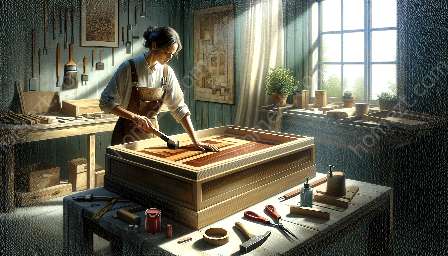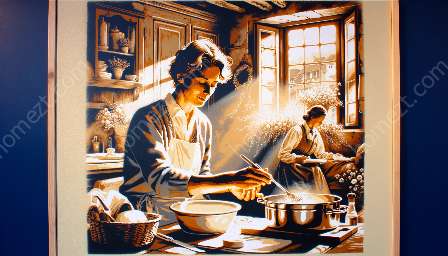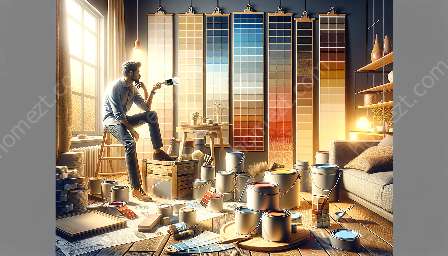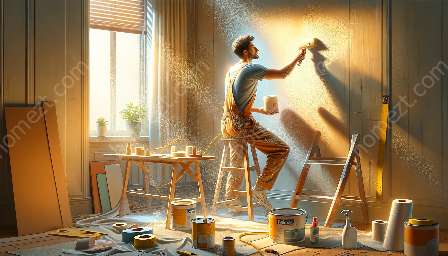Surface filling is a crucial step in painting and domestic services, encompassing various methods and materials to achieve a smooth finish. From cracks and holes to imperfections, surface filling plays a prominent role in enhancing the aesthetics and durability of surfaces. In this comprehensive guide, we will explore the importance, techniques, and benefits of surface filling, along with its compatibility with painting and domestic service projects.
Understanding Surface Filling
Surface filling refers to the process of applying a material to fill in gaps, cracks, dents, or other imperfections on surfaces, ultimately creating a smooth and even foundation for painting or finishing. It involves utilizing different types of fillers, such as spackling compounds, joint compounds, wood fillers, or epoxy fillers, based on the nature and material of the surface.
Methods of Surface Filling
1. Spackling: Spackling is commonly used for filling small holes and cracks in drywall, plaster, or wood surfaces. It is easy to apply and dries quickly, making it a preferred choice for minor surface imperfections.
2. Joint Compound: Joint compound, also known as drywall mud, is ideal for larger holes and gaps. It provides a smooth finish and can be sanded to achieve an even surface, making it suitable for repairing substantial surface damages.
3. Wood Filler: Wood filler is specifically designed to fill voids and cracks in wooden surfaces, restoring the integrity and appearance of the wood. It can be stained or painted over after drying to seamlessly blend with the surrounding area.
4. Epoxy Filler: Epoxy fillers are durable and resistant to moisture, making them suitable for filling exterior surfaces, such as concrete, metal, or stone. They offer strong adhesion and can withstand harsh environmental conditions.
Benefits of Surface Filling
The application of surface filling provides numerous benefits, including:
- Enhanced Aesthetics: Smoothing out imperfections creates a flawless canvas for painting, contributing to a visually appealing finish.
- Improved Durability: Filling surface defects strengthens the substrate and prolongs the lifespan of the painted or finished surface.
- Prevention of Further Damage: By addressing cracks and holes, surface filling helps prevent the spread of damage and deterioration over time.
- Professional Finish: Proper surface filling ensures a professional-quality result, enhancing the overall appeal of the painted surface.
Compatibility with Painting
Surface filling is integral to painting, as it prepares surfaces for an even application of paint, prevents bleed-through, and contributes to a long-lasting finish. It ensures that the paint adheres uniformly and enhances the color vibrancy, resulting in a high-quality and enduring paint job.
Integration with Domestic Services
Whether it's repairing drywall, preparing walls for redecoration, or addressing surface imperfections in residential or commercial properties, surface filling is an essential component of domestic services. Professional service providers adept at surface filling play a crucial role in enhancing the maintenance and aesthetic appeal of interior and exterior surfaces.
By understanding the significance of surface filling and its compatibility with painting and domestic services, homeowners and businesses can make informed decisions to ensure the longevity and visual appeal of their properties.





































